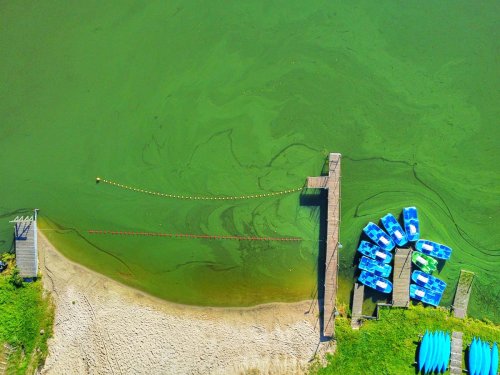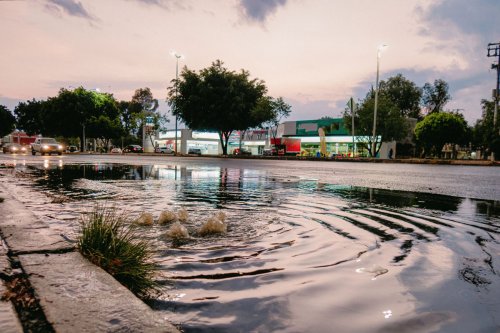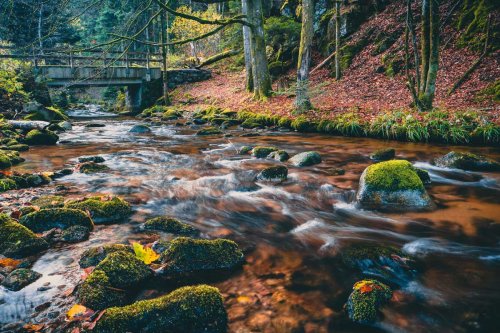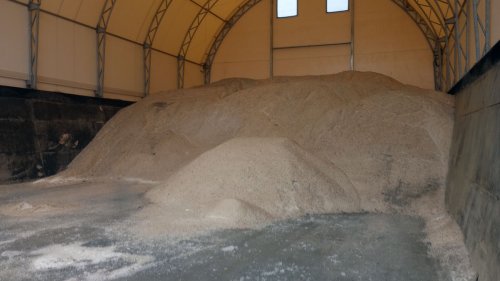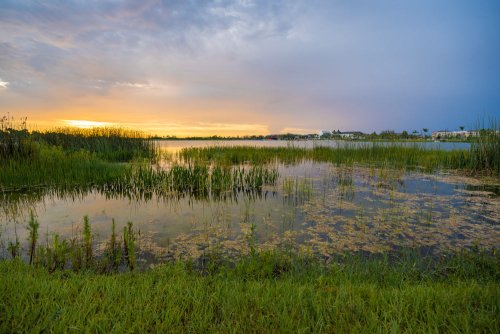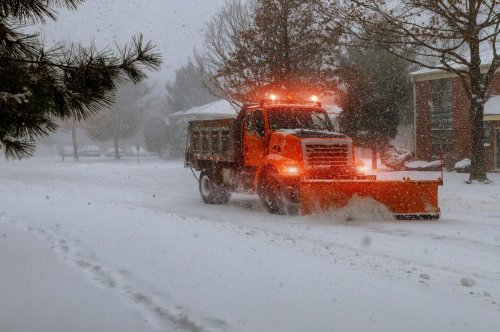Why Managing Stormwater Isn’t as Simple as It Sounds
Despite the challenges, there’s a lot of promising progress in the world of stormwater. Smart technology, better mapping tools, public outreach, and a growing emphasis on green infrastructure are all helping municipalities manage water more sustainably.

When most people think of stormwater, they picture rain trickling into a drain and disappearing like magic. But ask anyone who works in public works, engineering, or environmental protection, and they’ll tell you: stormwater management is anything but simple.
It’s a constantly evolving challenge—especially as weather patterns shift, urban areas expand, and aging infrastructure strains to keep up. Here’s a look at some of the biggest challenges communities face when it comes to managing stormwater.
More Pavement, Less Absorption
One of the biggest culprits in poor stormwater control is impervious surfaces—think roads, rooftops, parking lots, and sidewalks. These surfaces don’t absorb water, they shed it. That means rainwater that used to soak into the ground now rushes into storm drains, creeks, and rivers at a much higher volume and velocity, increasing the risk of flooding and erosion.
Outdated Infrastructure
Many stormwater systems in the U.S. were built decades ago—some even a century ago—and they weren’t designed to handle today’s heavier rainfall or growing populations. Aging pipes, undersized culverts, and combined sewer overflows (CSOs) are all ticking time bombs that can lead to backups, property damage, and contamination.
Polluted Runoff
Stormwater doesn’t just carry water—it picks up oil, trash, fertilizers, road salt, pet waste, and more on its way to local waterways. Since most stormwater systems don’t include treatment, that polluted runoff flows straight into rivers, lakes, and oceans, harming aquatic life and degrading water quality.
Climate Change and Unpredictable Weather
Heavier rain events, longer dry spells, and rising sea levels are becoming more common. That means stormwater systems need to be ready for both extremes: too much water in too short a time, and not enough groundwater recharge in between. Designing for yesterday’s climate just doesn’t cut it anymore.
Illicit Discharges and Cross-Connections
Sometimes, pollutants enter stormwater systems illegally—whether intentionally (like someone dumping paint down a drain) or through unnoticed connections (like a sewer pipe accidentally tied into a storm line). These "illicit discharges” are tough to detect and can do serious damage to ecosystems and public health.
Funding and Maintenance Gaps
Building new green infrastructure like rain gardens, bioswales, or retention ponds sounds great—but who’s paying for it? And who’s maintaining it 10 years down the line? Many municipalities struggle to find long-term funding for inspection, cleaning, and upkeep of stormwater systems, especially when those systems are underground and “out of sight, out of mind.”
Public Awareness and Engagement
Many of the biggest improvements in stormwater management require public cooperation—picking up after pets, avoiding dumping, installing rain barrels, or planting native landscaping. But getting people to care about where their runoff goes is an ongoing challenge.
Moving Toward Smarter Solutions
Despite the challenges, there’s a lot of promising progress in the world of stormwater. Smart technology, better mapping tools, public outreach, and a growing emphasis on green infrastructure are all helping municipalities manage water more sustainably.
Still, it takes a team effort: engineers, planners, local governments, and everyday residents all play a part in keeping stormwater under control and our waterways clean.
Because when it comes to stormwater, the problem doesn’t just disappear down the drain.










